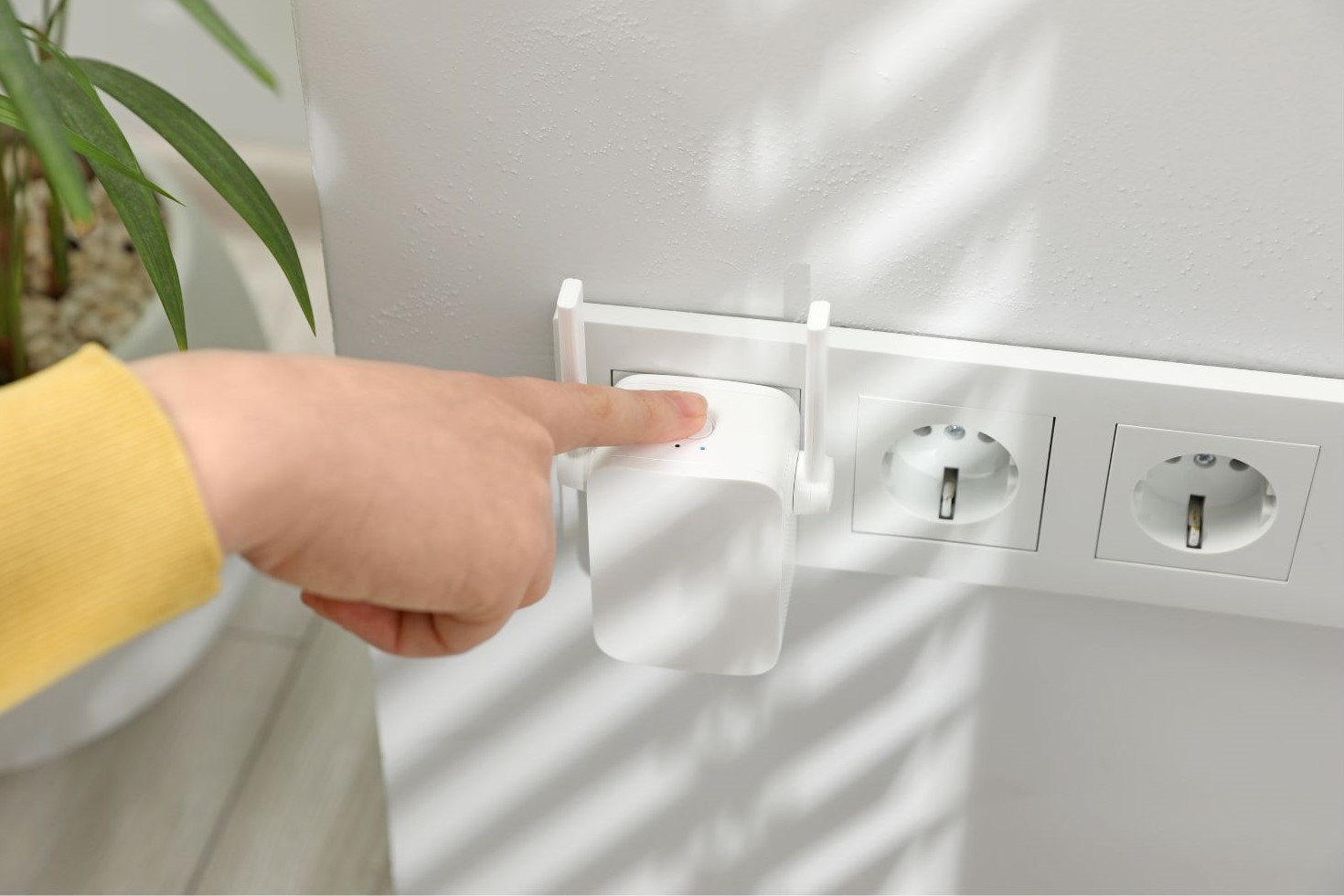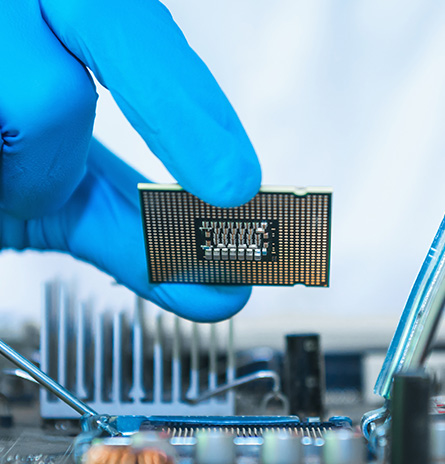Wireless Extension
Home Automation systems often incorporate wireless extensions to enhance their functionality and flexibility. These extensions can include various devices and technologies that enable control and automation of different aspects of a home environment. Here are some common wireless extensions used in a home automation system:

- Wireless Sensors
Wireless sensors are used to detect various environmental conditions such as temperature, humidity, motion, light and more. They communicate wirelessly with the home automation system, allowing users to monitor and automate responses based on sensor data.
- Wireless Cameras
Wireless cameras enable remote monitoring and surveillance of the home. They can be integrated into the home automation system to provide security alerts, live video feeds and recording capabilities accessible via smartphones or computers.
- Wireless Lighting Control
Wireless lighting control systems allow users to remotely control and automate their lighting fixtures. These systems typically consist of wireless switches, dimmers and smart bulbs that can be controlled through a smartphone app or voice commands.
- Wireless Door Locks
Wireless door locks provide convenient access control to the home. They can be integrated into the home automation system to allow users to lock and unlock doors remotely, grant access to visitors and receive notifications of door activity.
- Wireless Thermostats
Wireless thermostats enable remote control and automation of heating, ventilation and air conditioning (HVAC) systems. They can be programmed to adjust temperature settings based on user preferences, occupancy and environmental conditions, leading to energy savings and improved comfort.
- Wireless Alarm Systems
Wireless alarm systems provide security monitoring and intrusion detection for the home. They can be integrated into the home automation system to trigger alerts, activate surveillance cameras and control other security devices in response to potential threats.
FTDI’s FT2232H is an ideal candidate for such applications with the following features:
-
- Single chip USB to dual serial / parallel ports with a variety of configurations
- Entire USB protocol handled on the chip. No USB specific firmware programming required.
- USB 2.0 High Speed (480Mbits/second) and Full Speed (12Mbits/second) compatible
- Dual Multi-Protocol Synchronous Serial Engine (MPSSE) to simplify synchronous serial protocol (USB to JTAG, I2C, SPI or bit-bang) design
- Dual independent UART or FIFO or MPSSE ports
- Independent Baud rate generators
- RS232 / RS422 / RS485 UART Transfer Data Rate up to 12Mbaud. (RS232 Data Rate limited by external level shifter)
- USB to parallel FIFO transfer data rate up to 8 Mbyte/sec
- Single channel synchronous FIFO mode for transfers up to 40 Mbytes/sec
- CPU-style FIFO interface mode simplifies CPU interface design
- MCU host bus emulation mode configuration option
- Enhanced bit-bang Mode interface option with RD# and WR# strobes
- FT245B-style FIFO interface option with bi-directional data bus and simple 4 wire handshake interface
- Asynchronous serial UART interface option with full hardware handshaking and modem interface signals
- Fully assisted hardware or X-On / X-Off software handshaking
- UART Interface supports 7/8 bit data, 1/2 stop bits, and Odd / Even / Mark / Space / No Parity
An example of FT2232H used in Home Automation is with the QCA4020 SoC which is a multi-mode system-on-chip with support for dual-band Wi-Fi, Bluetooth 5 and 802.15.4-based technologies, including Zigbee and Thread.
The FT2232H is integrated for programming and testing of this SoC via the USB to JTAG interface.

Recommended ICs:







